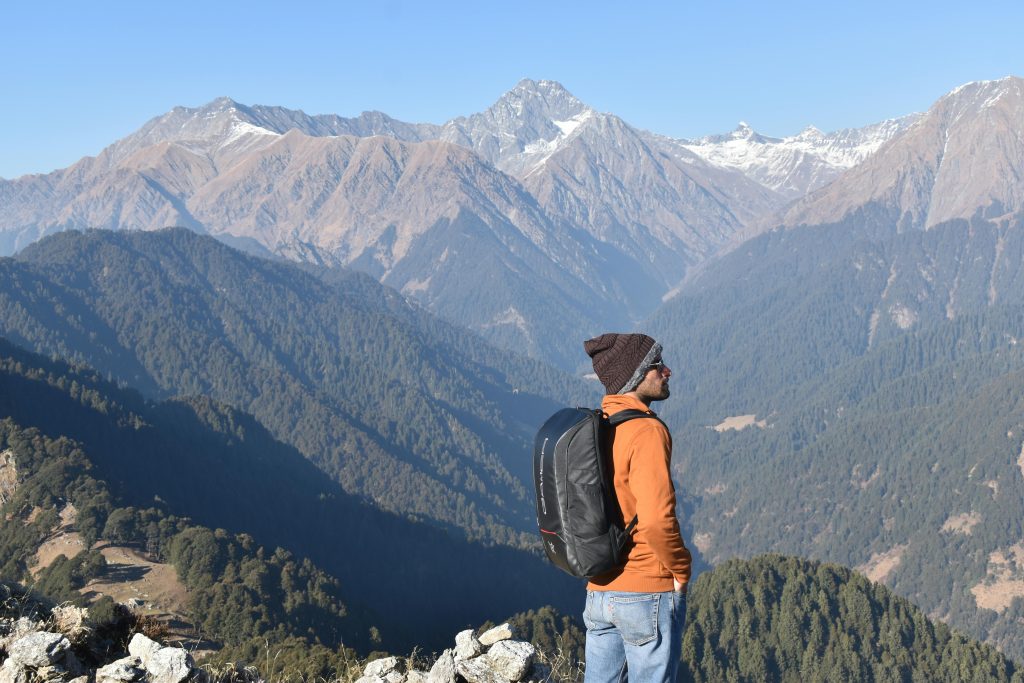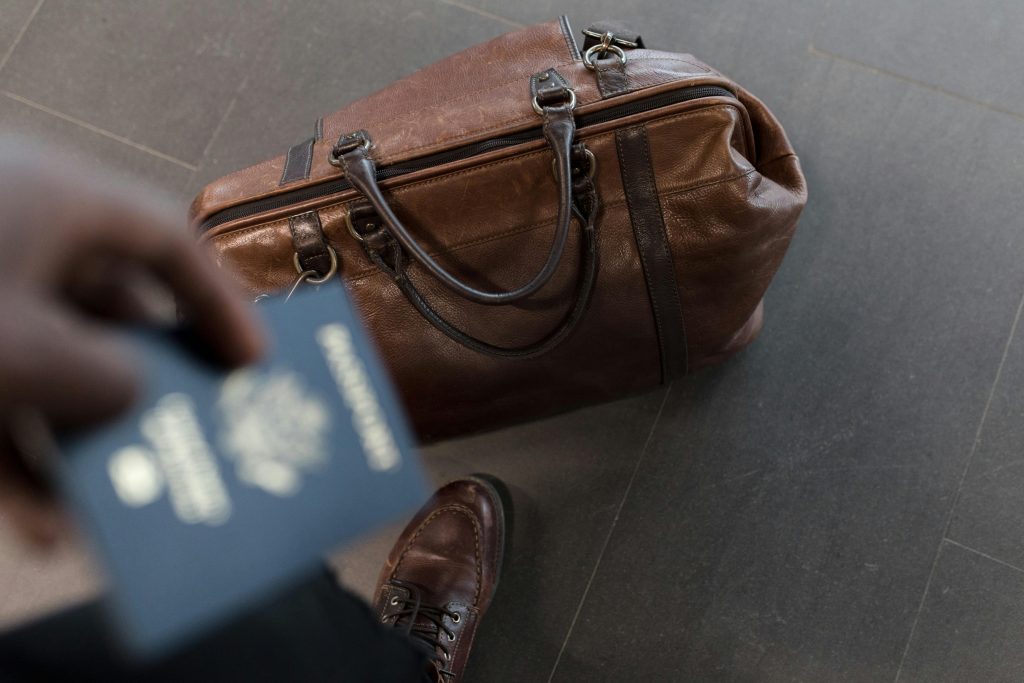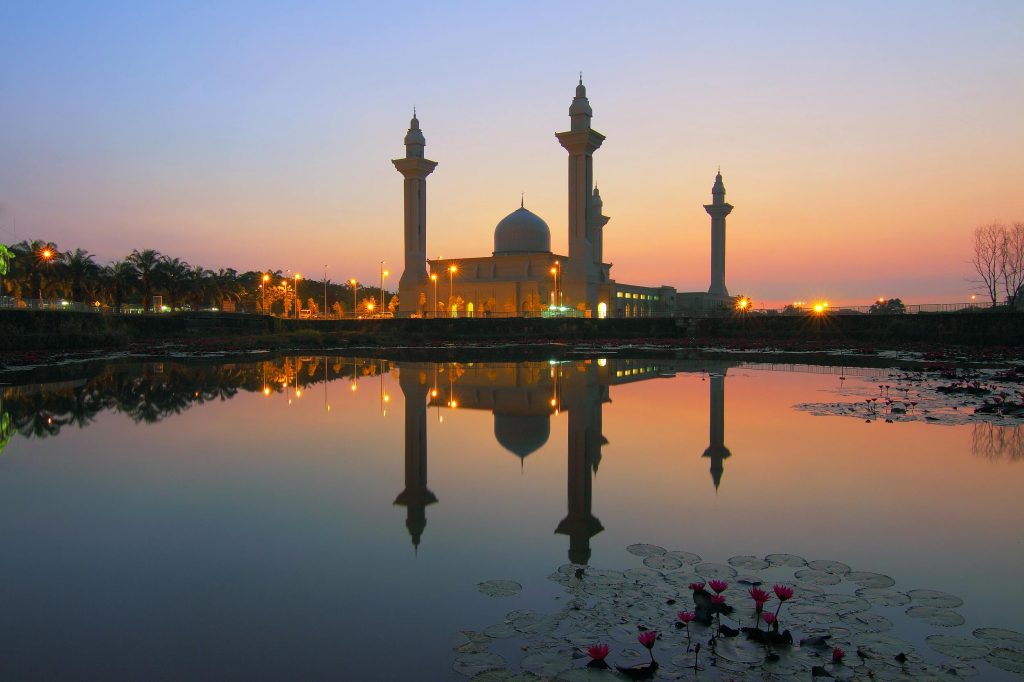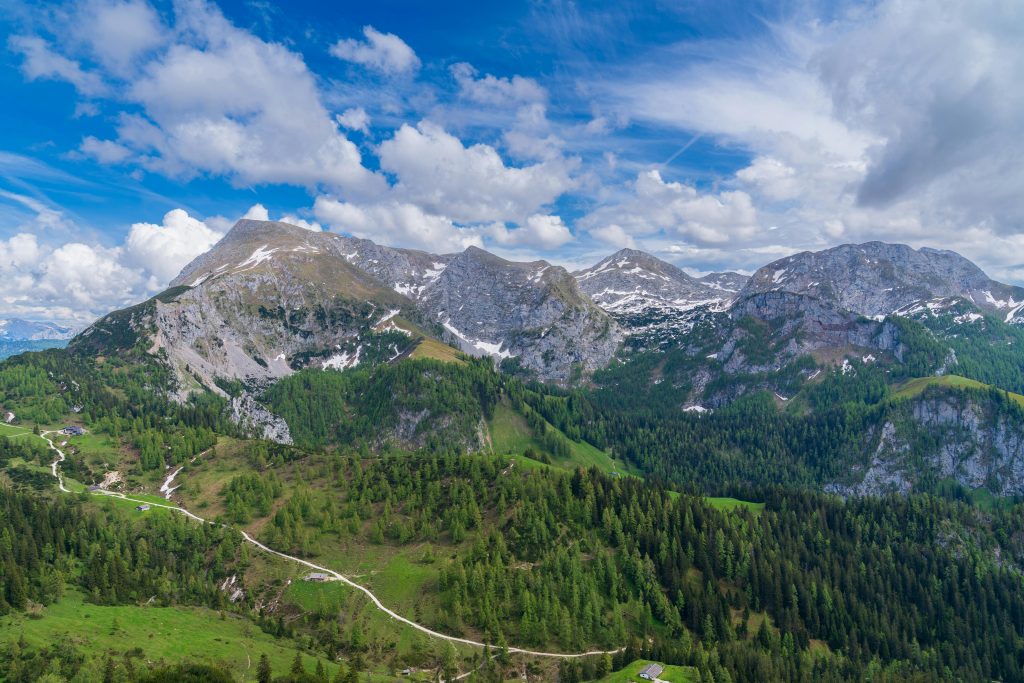Introduction
If traditional vacations leave you restless, and you’d rather be hiking peaks, diving reefs, or navigating remote trails than lying by the pool—adventure travel is your calling. But epic experiences don’t just happen. They’re built on planning, preparation, and a healthy respect for the unexpected.

In this guide, we break down everything you need to know about adventure travel—from choosing the right type of trip to gear, safety, and mindset. Whether you’re a weekend warrior or planning your first big expedition, this post will help you explore with confidence, curiosity, and care.
What Is Adventure Travel?
Adventure travel goes beyond sightseeing. It’s about active engagement, often in remote or natural settings, where physical challenge, cultural connection, and a sense of the unknown are part of the experience.
Examples of Adventure Travel:
- Trekking in the Himalayas or Tasmania
- Backpacking across South America
- Kayaking through fjords or jungle rivers
- Cycling rugged coastlines or alpine trails
- Wildlife safaris or diving with marine giants
It’s not about danger—it’s about discovery.
1. Choose Your Adventure Style
Adventure means different things to different people. Knowing your preferred style helps you plan smarter.
Options Include:
- Soft Adventure: Moderate physical activity—day hikes, cultural tours, wildlife watching
- Hard Adventure: Demanding trips—mountaineering, backcountry treks, multi-day survival camping
- Solo Travel: Maximum freedom and flexibility, but requires more preparation
- Group Tours: Great for shared experiences and safety in remote or unfamiliar locations

TrackPath Tip: Start small. If you’re new to adventure travel, test yourself with a weekend hike or guided tour before committing to a 3-week expedition.
2. Plan Like a Pro (But Stay Flexible)
What to Research Ahead:
- Local weather patterns and seasonal changes
- Entry requirements and permits (e.g., national parks or conservation areas)
- Physical demands of the activity (don’t over- or under-estimate!)
- Availability of gear and support services at your destination
Planning Tools:
- Google Maps + offline downloads
- AllTrails, Komoot, or Gaia GPS for route planning
- Travel blogs and forums for first-hand tips
Flexibility Reminder: Adventure rarely goes 100% to plan. Being adaptable is just as important as being prepared.
3. Pack for Function, Not Fashion
You don’t need to overpack—but you do need to be prepared for changing conditions and remote settings.
Adventure Travel Packing Essentials:
- Technical clothing (moisture-wicking, quick-dry, layered)
- Sturdy footwear suited to your terrain
- Headlamp or torch (with spare batteries)
- First-aid kit + blister care
- Reusable water bottle or hydration system
- Lightweight snacks (nuts, protein bars, electrolytes)
- GPS or compass + offline maps
- Multi-tool or pocketknife
- Dry bags or waterproof pouches for valuables

TrackPath Tip: If you’re carrying it, make it count—lightweight, durable, and multi-use items win every time.
4. Prepare Physically and Mentally
Adventure travel can be physically demanding, even for experienced explorers.
Prep Suggestions:
- Train for your trip at least 4–6 weeks in advance (focus on stamina, core, and mobility)
- Practice with weighted packs or longer hikes
- Build up tolerance to variable conditions (heat, altitude, cold)
Mindset Matters:
- Stay calm under pressure
- Be okay with uncertainty
- Stay curious, open, and respectful of different cultures and environments
Mental Resilience: When you’re cold, tired, or off-course, mindset is what keeps you moving forward.
5. Prioritise Safety and Self-Reliance
Adventure travel often takes you off the grid, so safety becomes your responsibility.
Safety Essentials:
- Share your itinerary with a friend or family member
- Know how to read a topographic map
- Carry a GPS tracking device or satellite communicator (like Garmin inReach)
- Understand local wildlife, terrain, and weather risks
- Pack a whistle, emergency blanket, and backup charger
- Learn basic first aid or wilderness survival skills

TrackPath Insight: The best adventures are the ones you return home from—preparedness = freedom.
6. Respect Nature and Local Cultures
Adventure with Integrity:
- Follow Leave No Trace principles
- Support local guides, accommodations, and markets
- Be mindful of photography—ask before snapping portraits
- Don’t feed or disturb wildlife
Sustainable Adventure Tip: Choose eco-conscious tour providers and pack reusables to reduce waste.
7. Capture the Journey, Not Just the Destination
Photos and videos are great—but don’t forget to be present.
Ways to Document Your Adventure:
- Keep a travel journal or blog
- Use a GoPro or compact action cam
- Drop pins on your route to remember key moments
- Reflect daily: What challenged me? What surprised me? What did I learn?
Pro Reflection Tip: The best stories aren’t always the smoothest—they’re the ones with heart.

Conclusion
Adventure travel is a call to the wild part of us—to challenge comfort zones, embrace the unknown, and grow through movement, nature, and connection. Whether you’re climbing a summit, paddling a hidden river, or walking across a foreign city, preparation meets passion to create unforgettable experiences.
So ask yourself:
Where does your next adventure begin—and what will you do differently to make it extraordinary?
Pack your gear, plan wisely, and step boldly. The world is waiting.


